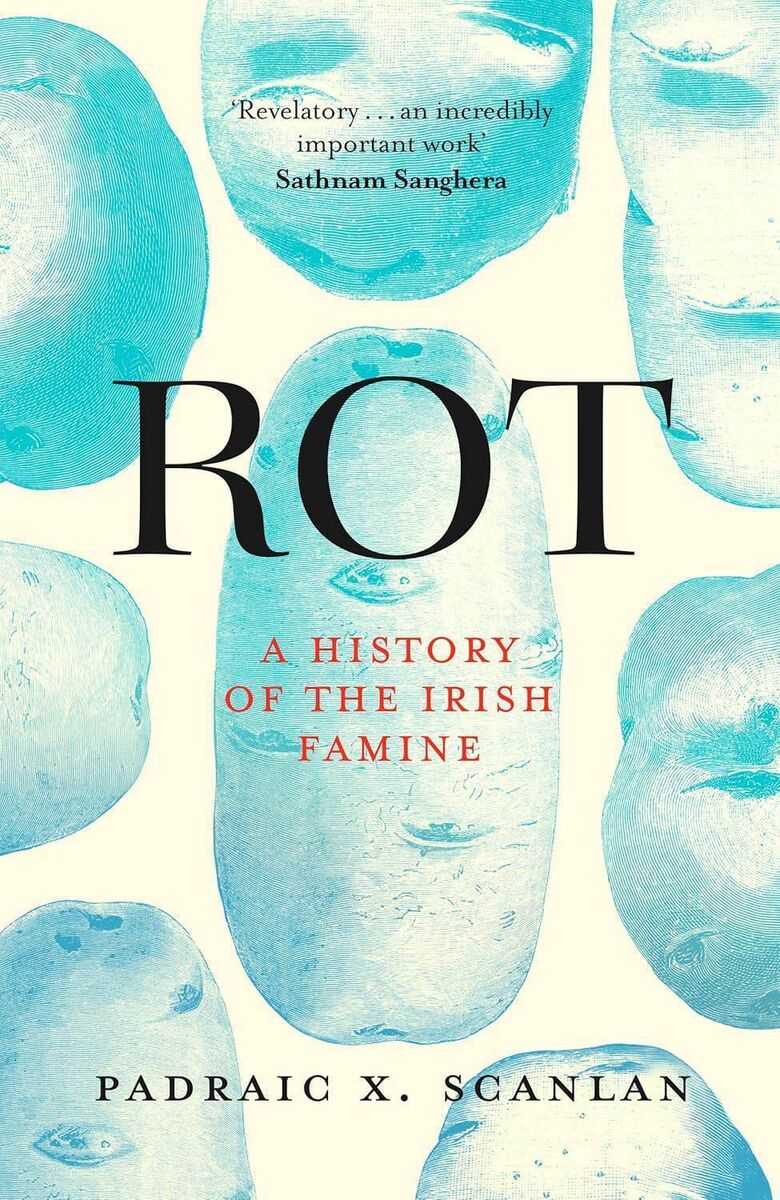Book review: Reinterpreting the Irish Famine as a consequence of unbridled capitalism

Author and historian Padraic X Scanlan’s previous two books dealt with slavery in the British empire.
- Rot: A History of the Irish Famine
- Padraic X Scanlan
- Robinson, €20.99
More than six million visitors attended the Great Exhibition in London in 1851.

Scanlan is an associate professor at the University of Toronto. Reinterpreting history is a hallmark of the Canadian’s approach and a refrain in the author’s two previous books, both of which focused on the British slave trade.
BOOKS & MORE
Check out our Books Hub where you will find the latest news, reviews, features, opinions and analysis on all things books from the Irish Examiner's team of specialist writers, columnists and contributors.






